Have you ever wondered which prehistoric giants possessed the sharpest minds of their time? While popular movies often portray dinosaurs as simple, lumbering beasts, the truth is far more fascinating. Some of the smaller carnivores had above average intelligence for reptiles, and recent research has revealed surprising cognitive abilities in these ancient creatures. From pack hunting strategies to complex parental care, dinosaurs displayed behaviors that required real brainpower. Let’s dive into the remarkable world of the most intellectually gifted once ruled our planet.
Troodon – The Einstein of Dinosaurs
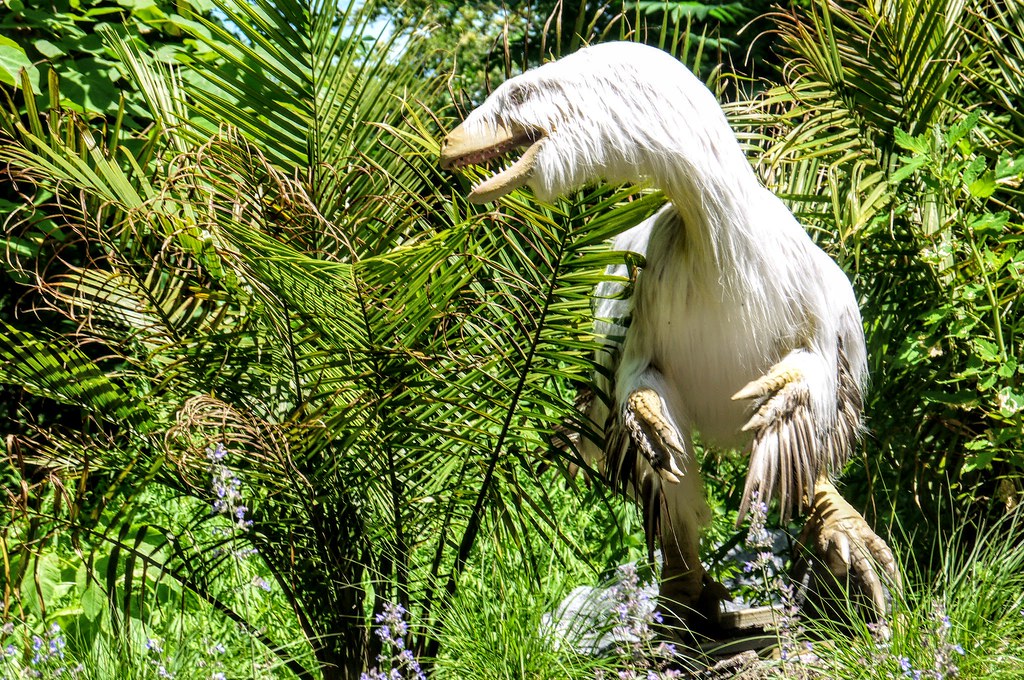
Often considered the Einstein of dinosaurs, Troodon had a relatively large brain for its body size and is believed to be the smartest dinosaur ever, with an EQ of 5.8. Troodon is often cited as the smartest dinosaur due to its exceptionally large brain relative to its body size. Paleontologists believe that Troodon had a brain-to-body ratio comparable to modern birds, suggesting advanced cognitive abilities.
Troodon was about as large as a fifth grader, and its brain was about the size of a golf ball. Fossil evidence suggests it had excellent eyesight, stereo vision, and a keen sense of hearing. Some paleontologists argue that Troodon might have hunted in small groups, suggesting advanced cognitive abilities. It’s possible that Troodon was even omnivorous – meaning it ate both animals and plants – like humans are. This sharped-tooth animal was a good parent.
Deinonychus – The Silver Medal Winner
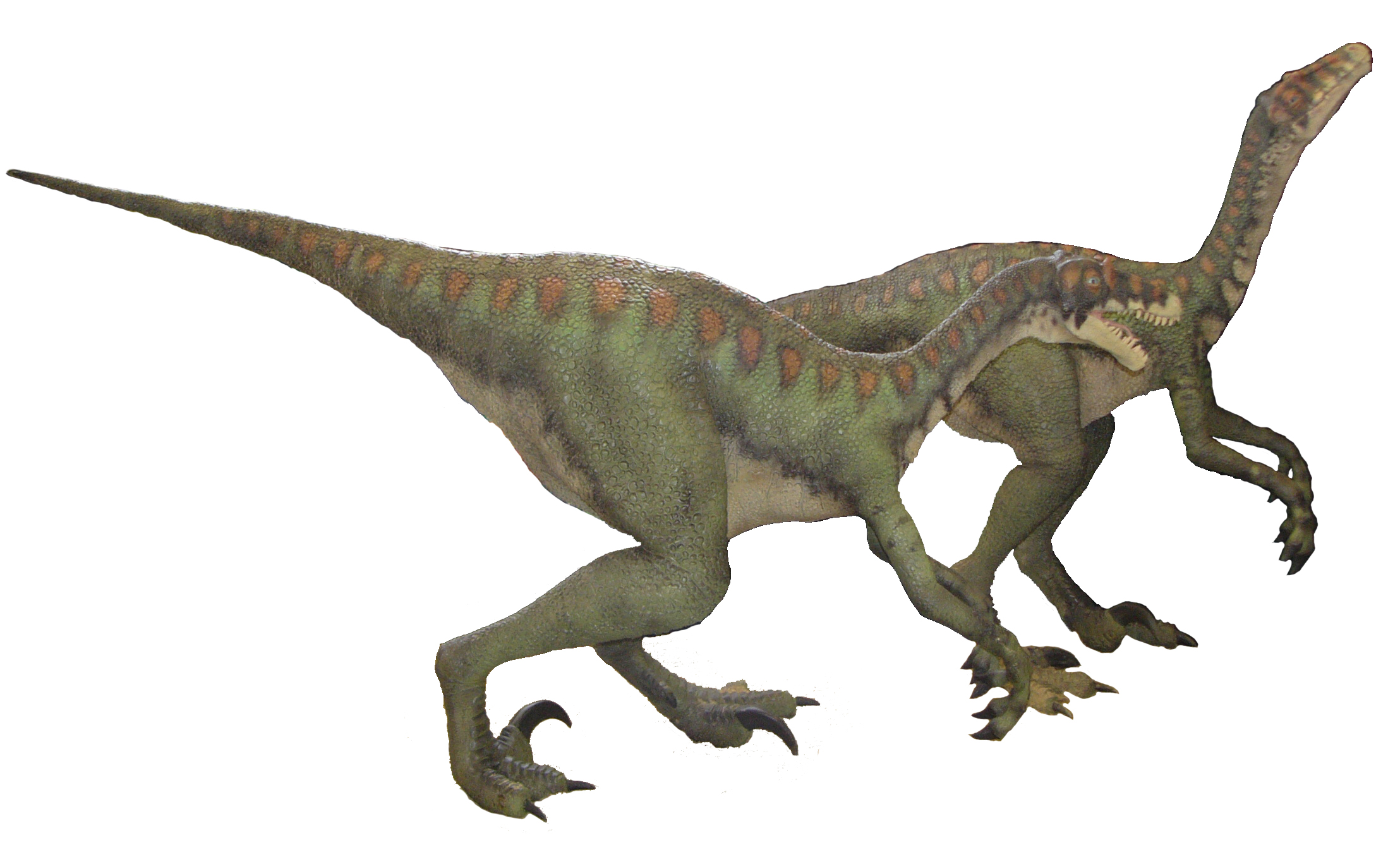
Deinonychus, a related cousin of Velociraptor, was believed to be the silver medal winner of the intelligence competition. Deinonychus was one of the smartest dinosaurs. Its brain-to-body weight ratio was significantly higher than any other species of dromaeosaurid. This suggests that Deinonychus was unusually intelligent for its size.
Deinonychus had a brain-to-body ratio similar to the modern ostrich. That’s impressive for a predator from the Early Cretaceous period. It was agile, walked on two legs, and likely used pack hunting strategies. This apex predator had a strong sense of balance and coordination. Its agility and potential group tactics suggest it had unusually advanced intelligence for a dinosaur.
Velociraptor – The Hollywood Star With Real Brains
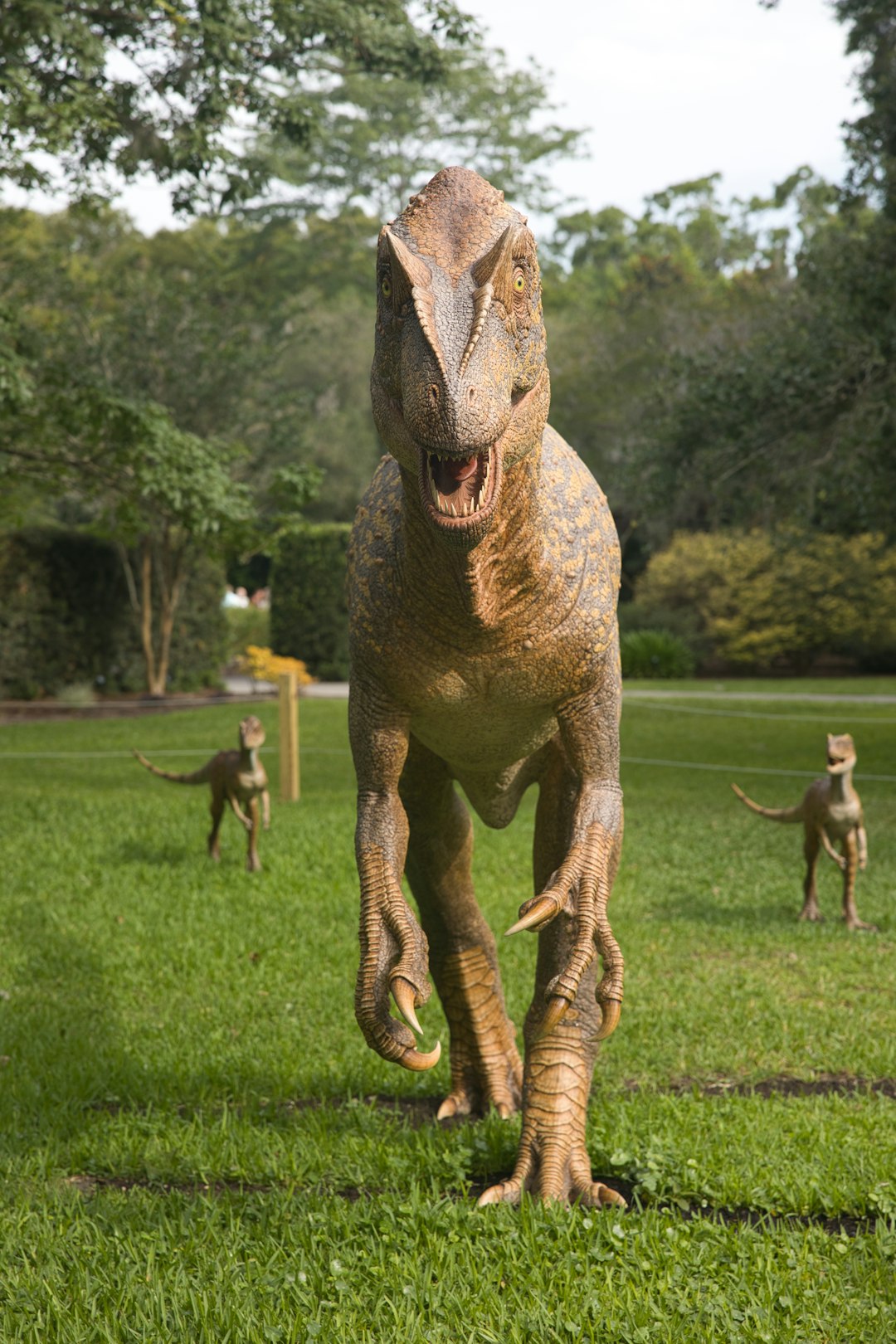
Immortalized by “Jurassic Park,” Velociraptor was more petite than its Hollywood portrayal but no less deadly. Weighing around 15 kilograms (33 pounds), it had a relatively small size but a bigger brain compared to most other dinosaurs. Its curved claws and agile body complemented complex hunting strategies and quick attacks.
In comparison to other dinosaurs, velociraptors were extraordinarily intelligent. Its brain was proportionally large, which is surprising given its small body size. It likely had a high level of intelligence, which helped it survive in the wild. They ranked among the smartest creatures on the planet and may even have been smarter than rabbits. Even though they were not as smart as cats and dogs, they were still quite smart.
Compsognathus – Small Size, Big Brain
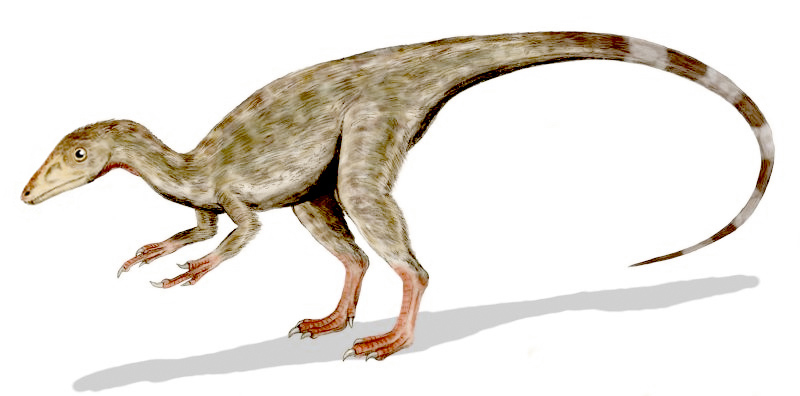
According to a larger proportion theory, that is, dinosaurs with brain cavity in small body size might possess higher intelligence. Compsognathus was once considered the smallest dinosaur with a body length of around 4 ft (1.25 m) and a weight of around 5.5 lbs (2.5 kg). In this regard, there is no doubt that Compsognathus stands in the top three places.
This small, bird-like dinosaur was around in the late Jurassic period, and only grew to the size of a turkey. Despite its size, it was one of the most active and intelligent dinosaurs. It was fast enough to prey on swift animals, meaning it needed sharp senses and decent agility. In terms of intelligence, it was on a par with a modern day mouse.
Oviraptor – The Misunderstood Parent
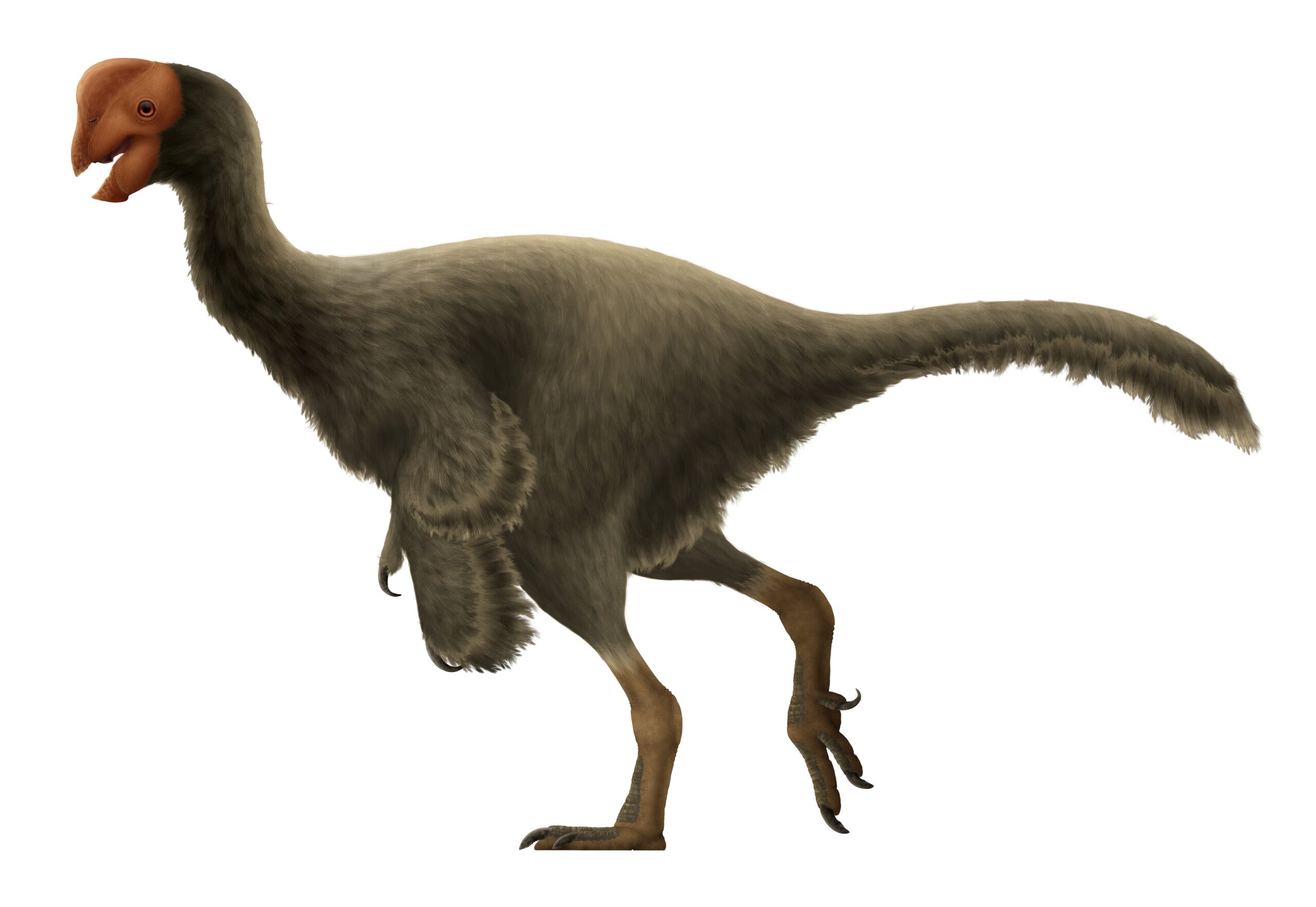
This so-called “egg thief” has gotten a bad rap. Living during the Late Cretaceous, Oviraptor had a relatively large brain and birdlike features, including a beak and crest. It showed behaviors that point to higher intelligence, like nesting (aka brooding).
Oviraptor is thought to have been one of the most intelligent dinos of the late Cretaceous period because, like birds today, it sat on its eggs until they hatched. Some scientists suggest oviraptor even cared for its young to some extent, which is an advanced behaviour for a dinosaur. Again, oviraptor had a large brain for its body size, meaning it could probably outwit most of its peers.
Ornithomimus – The Ostrich Mimic
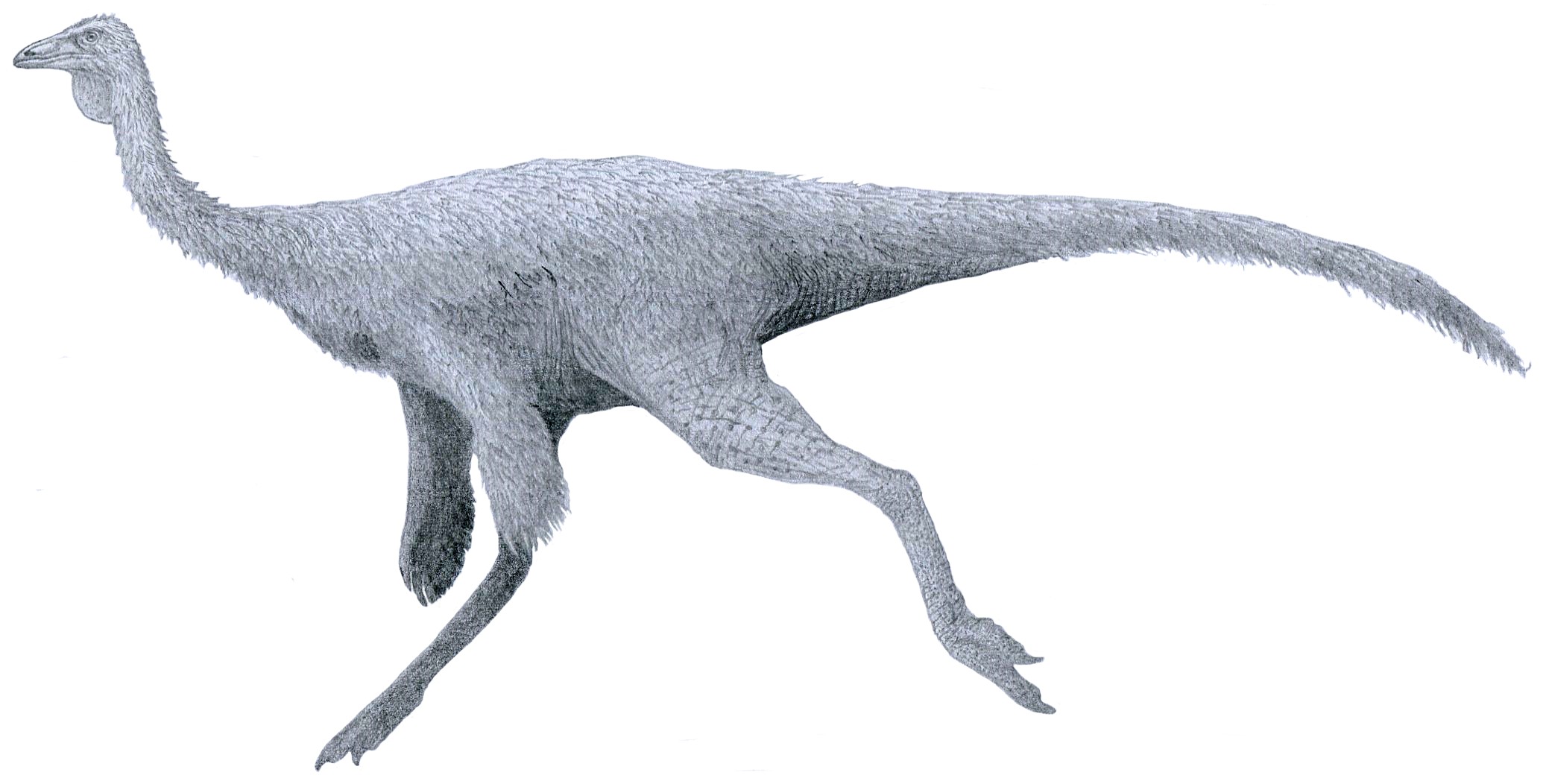
Sometimes called the “ostrich mimic,” Ornithomimus had a lightweight frame and strong legs, like a modern ostrich. Its brain size was larger than average for dinosaurs of its class. It during the Late Cretaceous period and likely used its speed and smarts to avoid predators.
Some fossilized remains even suggest feathered bodies and birdlike behaviors. This combination of speed, intelligence, and bird-like characteristics made Ornithomimus a highly successful survivor in its ecosystem. Its ability to think quickly while moving at high speeds would have been crucial for escaping the numerous predators of the Late Cretaceous period.
Bambiraptor – The Forest Dweller
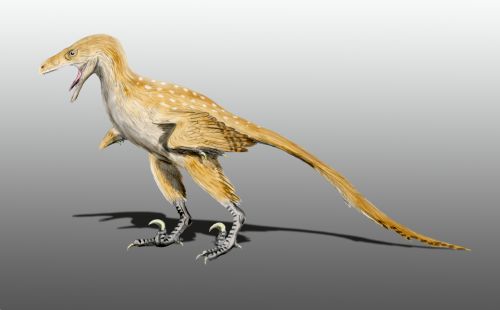
Because of its enlarged cerebellum, which may indicate higher agility and higher intelligence than other dromaeosaurs, David A. Burnham has hypothesized that Bambiraptor feinbergi may have been arboreal. Life in the trees may have required evolutionary pressure that resulted in a larger brain.
The Bambiraptor holotype had with 14 cm³ the largest brain for its size of any dinosaur yet discovered, although the brain size may be due to its age, because juvenile animals tend to have larger brain-to-body ratios compared to adults. Research by Phil Senter suggests Bambiraptor could had have mutually opposable digits in the first and third fingers, and the maneuverability of the forearms would have allowed them to reach the mouth. Thus, Bambiraptor could ‘hold’ food in it’s hands and place them inside its mouth, similar to small extant mammals.
Allosaurus – The Strategic Hunter
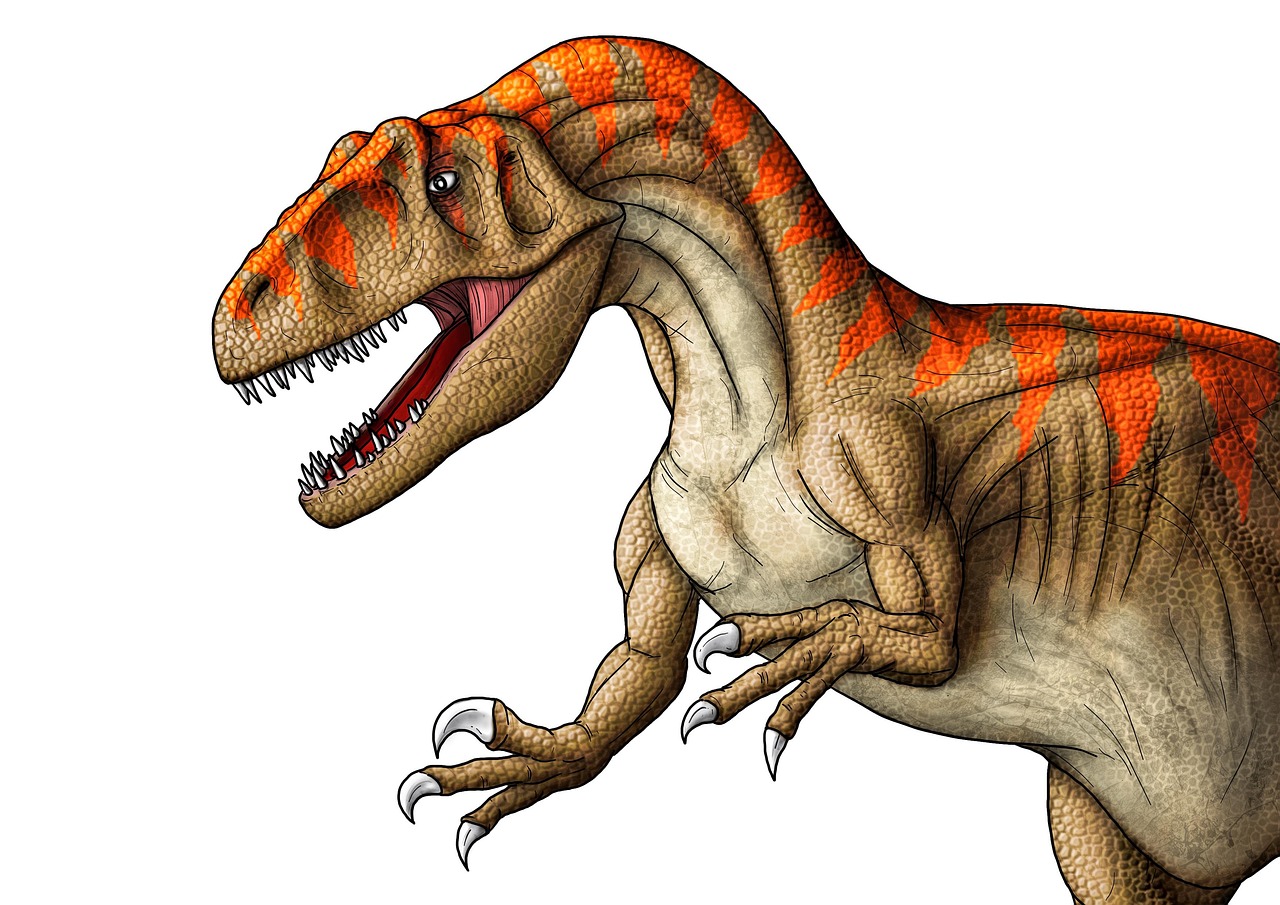
Allosaurus was a carnosaur, whose intelligence (as measured by its relative brain to body weight, or EQ) was high among the dinosaurs. Allosaurus is characterized by a large and slender head, crests over its forward-facing eyes, and many dagger-like serrated teeth. This means it had good depth perception for hunting prey and could easily tear into flesh. It has also been found to have a large olfactory bulb, which indicates a good sense of smell.
Scientists have debated whether Allosaurus had cooperative social behavior and hunted in packs or was a solitary predator that forms congregations, with evidence supporting either side. Known for its social behavior, Allosaurus often hunted in packs, employing strategies akin to modern Komodo dragons. This group dynamic allowed them to target vulnerable prey effectively, though their high casualty rates during hunts underline the challenges of predation in this ecosystem.
Parasaurolophus – The Musical Genius
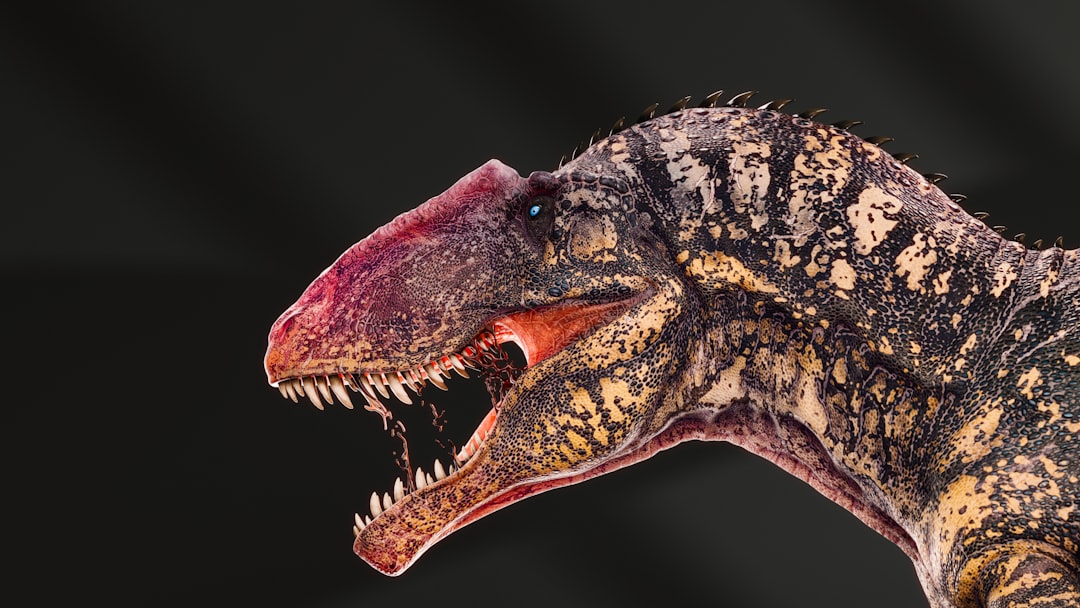
Parasaurolophus was an ornithopod, whose intelligence (as measured by its relative brain to body weight, or EQ) was midway among the dinosaurs. While the exact intelligence of this dinosaur can’t be accurately determined, many scientists believe that it has an average intelligence among other dinosaurs for its time. For example, it is believed that it wasn’t as smart as Carnosaurs, but that it wasn’t as dumb as Stegosaurs.
Its extremely long, backwards-leaning, hollow, bony crest was as bigger than the rest of its skull and may have been used to produce a low-frequency, foghorn-like sound, enhance its sense of smell, and/or used in courtship displays. Parasaurolophus may have been a herding animal; it may have migrated from shorelines to higher ground to reproduce.
Tyrannosaurus Rex – The Mighty Mind
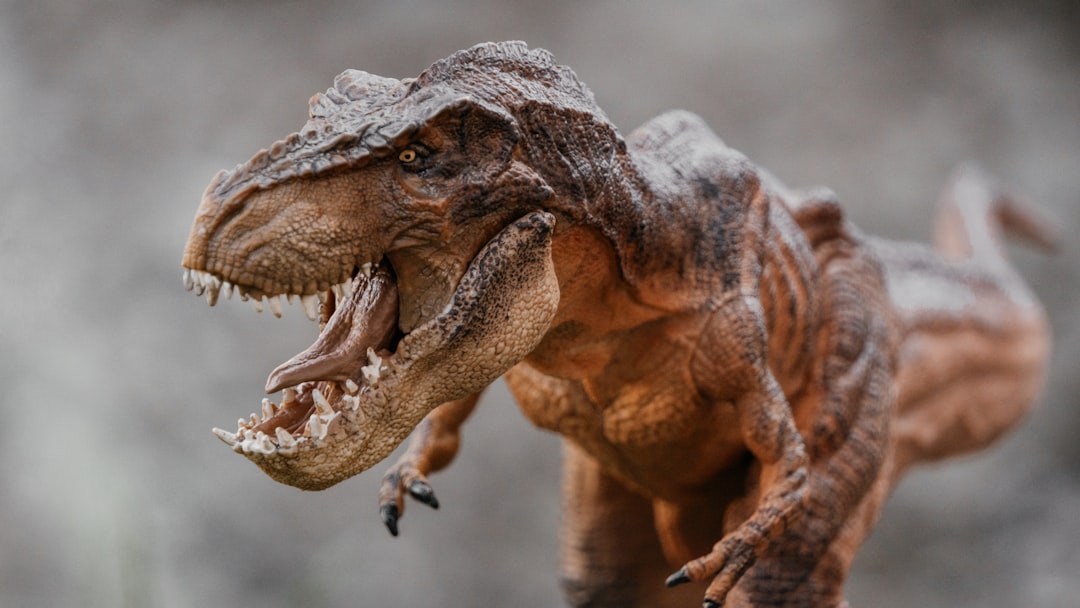
By comparing the relationship between brain size, number of neurons and body size in numerous extant bird and reptile species – as well as considering the available fossils of extinct dinosaurs – Herculano-Houzel concludes that a large dinosaur such as Tyrannosaurus rex could have housed two billion to three billion neurons in its pallium, a number similar to that of a baboon. If so, it’s possible that large dinosaurs were highly intelligent animals.
Although not necessarily the most quick-witted dinosaur around, the T-rex had highly developed senses that gave it an advantage over other dinosaurs. As well as being huge enough to chomp its prey with a single bite, T-rex had a strong sense of smell and long inner ear canals that allowed for rapid eye movements and quick reflexes. Still, T. rex had a keen sense of smell, powerful legs, and keen sensory abilities (depth perception and smell) that aided in hunting prey. Some fossil finds even suggest it may have hunted in pairs or small groups, hinting at modest cognitive abilities.
Conclusion
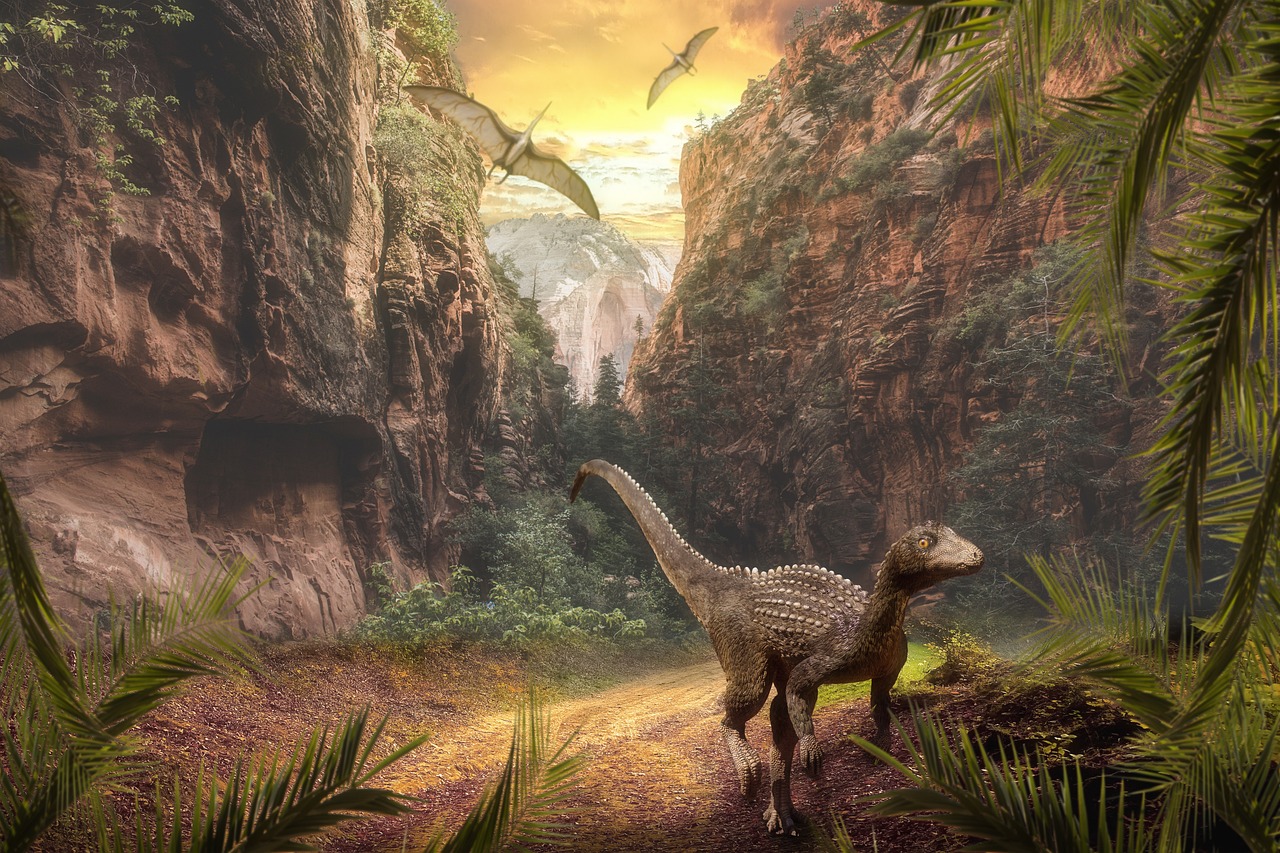
The dinosaurs we’ve explored today challenge everything we thought we knew about prehistoric intelligence. From Troodon’s advanced problem-solving abilities to T. rex’s sophisticated sensory processing, these ancient creatures possessed remarkable cognitive capabilities that helped them survive for millions of years. Recent research suggests that dinosaurs were as smart as reptiles but not as intelligent as monkeys, as former research suggests. An international team of palaeontologists, behavioural scientists and neurologists have re-examined brain size and structure in dinosaurs and concluded they behaved more like crocodiles and lizards.
Still, the complexity of their behaviors, from pack hunting to parental care, reveals that intelligence in the prehistoric world was far more sophisticated than we once imagined. These discoveries continue to reshape our understanding of what it meant to be a thinking, feeling creature millions of years ago.
What do you think about these remarkable prehistoric minds? Tell us in the comments which smart dinosaur surprised you the most!


